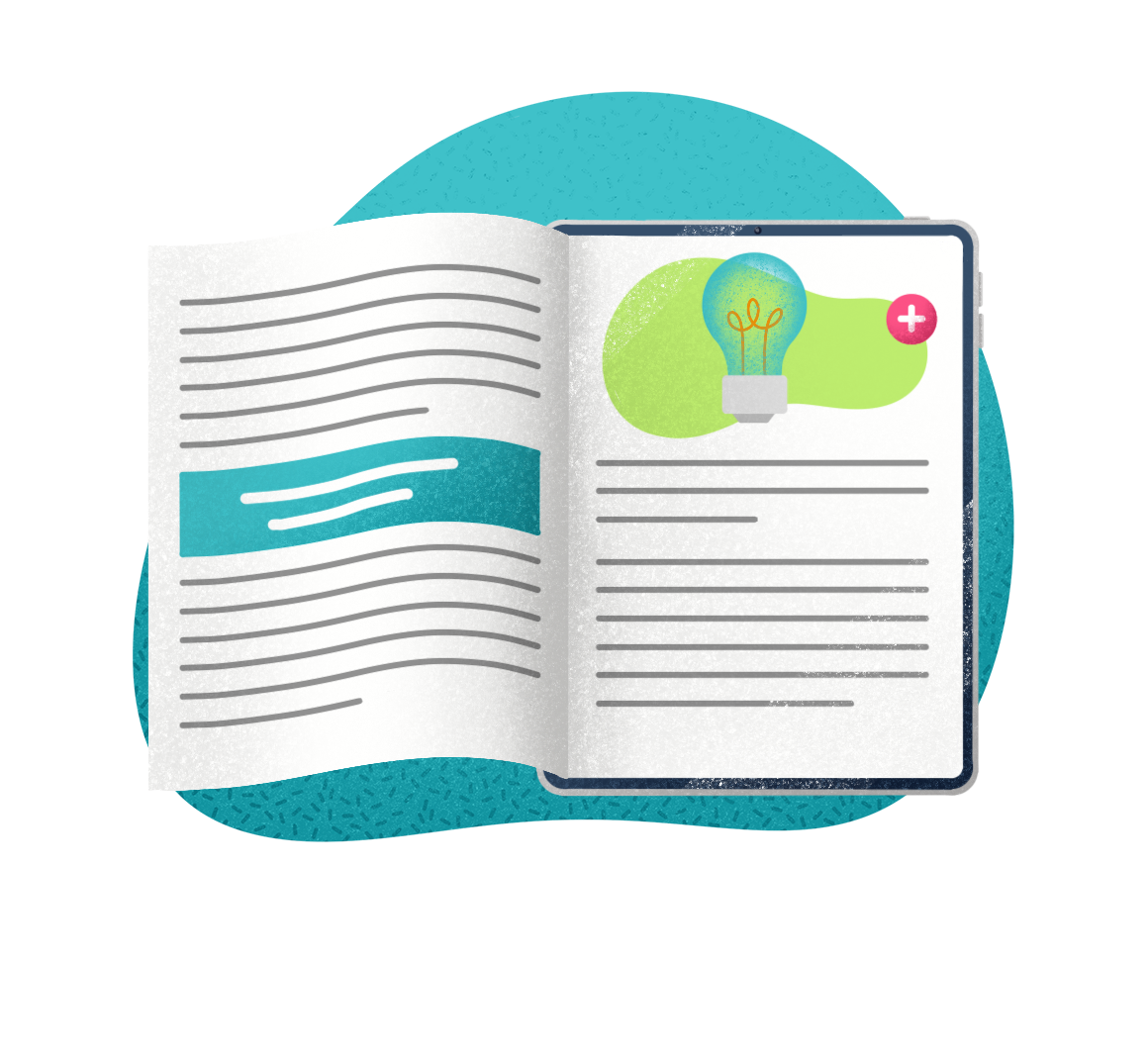As we approach the planning period for the next calendar year, understanding metrics and key performance indicators is the key to pinpointing where your strengths and weaknesses lie to give you greater insights into future goals. At the service desk, accurately gauging your cost per ticket amount can be the key to unlocking future cost optimization and knowing where to direct your efforts when implementing new technology.
In this post, we will cover:
- What is ITSM cost per ticket?
- How to calculate cost per ticket
- The average cost per ticket for IT support
- How to lower your cost per ticket average
What is ITSM Cost Per Ticket?
In other fields, you might notice that cost per unit or even cost per service is a standard. If we were looking at someone who manufactures soaps, for example, we would know the cost per bar of soap. If you’re looking at someone providing a service, like an attorney, cost per house is pretty straight forward. So what about measuring the cost per ticket at the IT service desk?
The cost per ticket for IT support is an often misunderstood, and sometimes misused, metric because it’s easily confused with “cost per contact”. Cost per contact takes into account every contact, regardless of means to get there, to the service desk, whether or not a ticket was created or resolved. Cost per ticket takes a similar approach but boils that number down to solely the number of tickets entered, resolved, or left open.
When you calculate the total cost per ticket, you should account for your operating costs, which include:
- Support staff costs. Don’t forget to include the additional staffing costs above salary, like medical benefits, company incentives, and work from home expenses reimbursements if applicable.
- The cost of the IT service management tool through which the ticket was logged and worked on. This should include extra software used for integration, like email, in which tickets are submitted.
- The cost of any self-service portals and tools that were used to resolve each ticket. You’ll need to think on additional steps like knowledge management creation time, etc. to get this ticket resolved.
- Total amount spent on software licenses and other necessary tech needed to resolve any given ticket. This can include things like Microsoft Office subscriptions for your team, shared drives, and software like Asana or Trello where users might also collaborate to solve issues (if not included in your ITSM tool).
- The average amount of downtime for each ticket, which can impact productivity.
- The volume of tickets worked. This doesn’t just include the number of tickets resolved, but tickets left open, time spent working the open tickets, and tickets that were re-opened.
How Do You Calculate the ITSM Cost Per Ticket?
Once you’ve considered all of the actual total operating costs (which includes the cost of your support staff, ITSM tool, and self-service portal) you can calculate the total cost per ticket with this formula:
CPT = Total operating costs / Total number of tickets worked, open, and re-opened
You’ll want to look at this number for at least one quarter to determine your baseline. After you have your baseline, you’ll want this number to trend downward on a monthly and quarterly basis. Of course, in some cases you’ll see this number hold steady, but the main takeaway is that if you see the number trending upward, it’s time to re-evaluate your strategy. This calculation can give a greater view of the ROI of the tools being used and ways to optimize these costs with self-service initiatives.

What is the Average ITSM Cost Per Ticket?
If this is your first time evaluating the cost per ticket, a big question on your mind is likely “What is the average cost per ticket?”
Industry expert Roy Atkinson recently provided some insight into the average cost per ticket for our upcoming eBook, Beyond Shift-Left:
“According to the Global IT Experience Benchmark[1] by HappySignals, Ltd., end users say they wait an average of 2 hours and 50 minutes for a resolution. When we combine that statistic with data from MetricNet, we get a better idea of the scope of what’s at stake in the attempt to reduce the demand on the service desk:
“In a benchmark that MetricNet performed for one of the largest insurance companies in the world, it was discovered that end users in this company were logging an average of 2 service desk incidents per month. That’s about double the industry average, which was concerning not only because the average cost of a ticket at level 1 was about $25, but also because every ticket represents productive time that’s lost by the user. And that’s usually the bigger cost – that is, the lost user productivity – rather than the direct cost of support.[2]”
At the industry average of one incident per user per month, the reported 2 hours 50 minutes of lost productivity per incident, and using the Interrupted User Minutes (IUM) measurement[3], an organization with 5,000 employees loses 14,167 hours of productivity per month on average, statistically speaking.[4] Annually, that’s 170,004 hours. The average US earnings per hour in August 2021 were $30.73[5], so the annual productivity loss for our example organization is $5,224,223 due to IT incidents.
Note that this massive financial penalty only includes productivity losses and not e-commerce, marketing shortfall, or sales losses due to the unavailability of customer-facing systems. It is also exclusive of the direct cost of support, which—again using the MetricNet statistics cited for the number of incidents and the $25 Level 1 cost of each—represents an additional $125,000 per month or $1.5 million per year.”
How Can You Lower IT Service Desk Cost Per Ticket?
If you’re experiencing ticket pileups, you’re likely looking at mounting costs. How can you lower your cost per ticket without stressing out your service desk agents? The following methods can help:
Automation
One of the most straightforward ways to lower ticket costs is to lower the amount of time it takes to work on each ticket. You can do this by implementing automated workflows for agents and automated ticket routing as well as the automation of repetitive actions for customers.
A few of the repetitive tasks you can automate that will shorten downtime for users and agents alike include:
- Password resets
- New equipment requests
- Requests for help with common user errors
- Process requests due to red-tape issues
If this level of automation doesn’t eliminate tickets for these requests altogether, making sure it is automatically routed to the right person to handle each specific request can reduce time wasted. Once the agent starts working on the ticket, automated workflows to guide the agent to resources or a resolution is another important factor in lowing your CPT. These should all be tied to your ITSM tool.
AI
Automation without intelligence can be frustrating for the user, which is why AI deserves to be mentioned on its own. The Artificial Intelligence we’re referencing here comes in the form of a chatbot or virtual agent.
Chatbots and virtual agents help guide a self-service experience for the customer, and can walk the agent through ticket resolution. This creates a more intuitive way to find the answers to agents and customers need without spending time searching through help articles only to find outdated information. Together with automation, AI is key to lowering your costs overall.
Shift-Left with Self-Service Technology
The last few points have mentioned the importance of AI and automation in lowering your cost per ticket because they directly factor into self-service. But self-service without strategy doesn’t go very far. It takes a shift-left strategy to reduce the number of tickets coming to your service desk and ultimately, reduce your cost per ticket average.
The idea of shift-left means that you are looking to shift Level-1 to Level-0, Level-0 to self-service, and thereby are able to free up agents to handle higher level incidents and problems. Of course, some will argue that shift-left doesn’t actually result in lowering your cost per ticket because the tickets being worked may be more complicated, which is a valid criticism. However, by reducing downtime for the end-user who is able to resolve their own issues, you’re able to get more bang for your buck, so to speak. To get an idea of what your ROI could be with the shift-left strategy, check out our Shift-Left ROI Worksheet, available here.
Train Employees on ITSM Software
Another way to get your cost per ticket down is to make sure that your employees are properly trained on the ITSM software in use. If your employees are comfortable navigating the ITSM software, they are able to use it faster, which seems like a small win. But when you take into account even a reduction of 30 seconds per ticket, you may be looking at hundreds of hours per year saved, depending on the number of tickets your service desk is processing.
To see an example of how proper training on ITSM software, combined with a few simple workarounds, can help reduce your amount of time spent per ticket, check out this case study from an EasyVista customer who recently upgraded to EV Service Manager Oxygen upgrade to address similar issues.
Conclusion
The key component to creating a downward trend in your cost per ticket comes to next-generation service management equipped with self-service technology. It’s important to note, automation, AI, and technology applied to an inefficient operation only magnifies that inefficiency, but once you have gauged where the inefficiency lies you can work to repair it.
To learn more about how EasyVista can help you improve your cost per ticket amount, request a demo today.
[1] HappySignals, Ltd.; Global IT Experience Benchmark H1/2021
[2] MetricNet; ITIL Hacks for Problem Management
[3] Interrupted User Minutes (IUM) is obtained by multiplying the number of minutes of interruption by the number of affected users.
[4] 5,000 users X 170 minutes (2 hours and 50 minutes) = 850,000 minutes / 60 = 14,166.66 hours
[5] YCharts; US Average Hourly Earnings

Infographic – The status of SMB IT in 2026
Explore how AI, automation & integrated ITSM/ITAM are reshaping IT strategy—at every scale.


